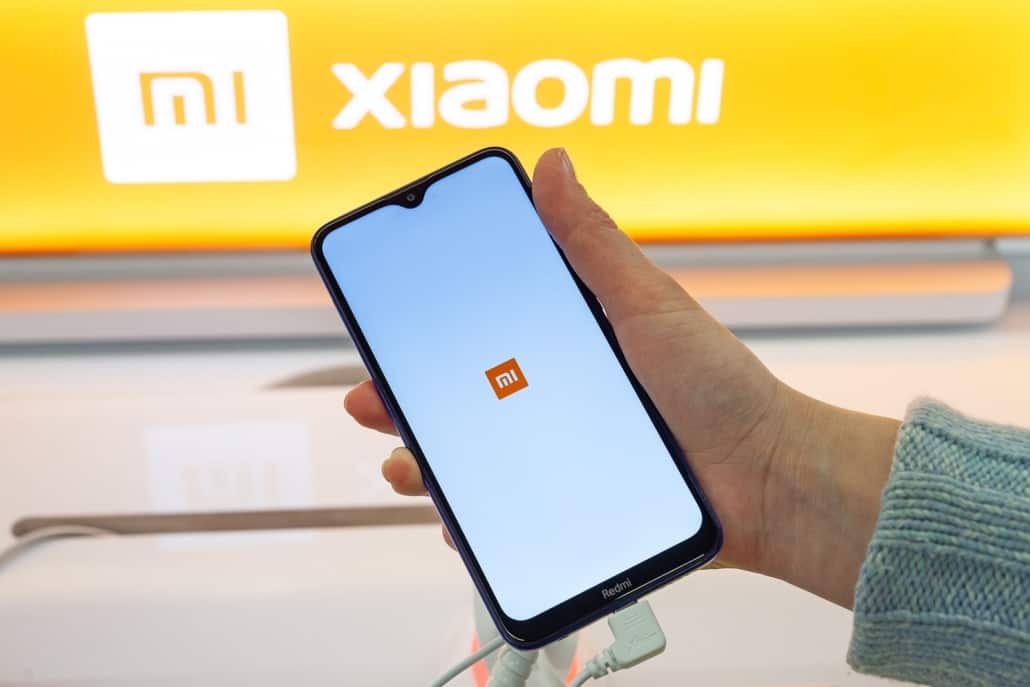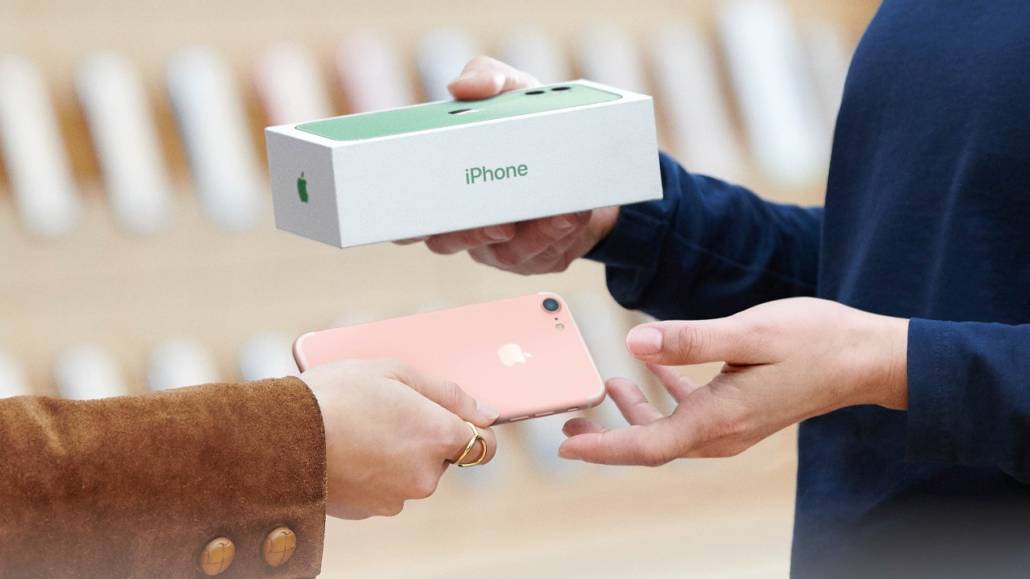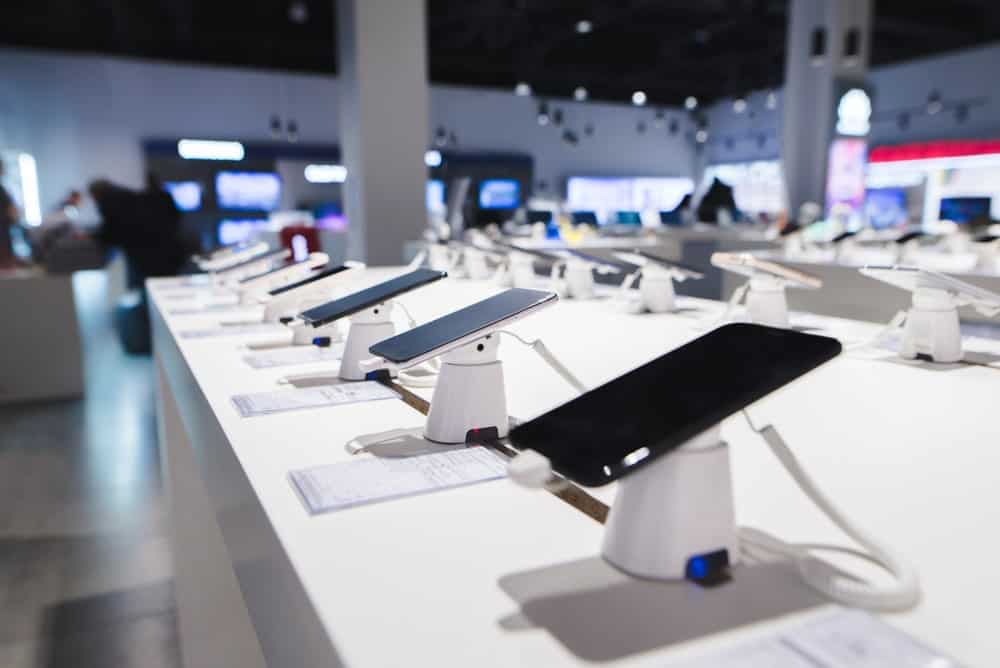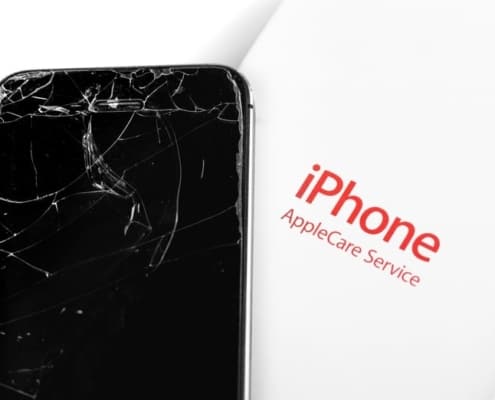Future Perspectives: Considering Xiaomi’s Impact on the Secondhand Phone Market

There’s no debating the fact that Apple rules the United States smartphone market. However, those in the industry would be remiss to not take a peek at what’s coming up just behind Apple’s shoulder. This is why we need to be looking. At the way Xiaomi is taking market share in other parts of the globe.
As of 2020, most consumers in the United States have never heard of Xiaomi. And yet the brand is nearly all that some phone analysts and insiders have on their tongues. As of 2019, more than 291 million users are hooked into Xiaomi’s MIUI Android-based operating system. Let’s break down what the appeal of Xiaomi means for the market.
A Little Xiaomi Background
Founded in 2010, Xiaomi is a Chinese electronics company that essentially produces all of the same products as Apple. The Xiaomi roster includes smartphones, laptops, and earphones. What makes Xiaomi especially interesting is that it is actually more of a tech/lifestyle brand. The company manufactures or invests in everything, from shoes to sunglasses. Xiaomi is even in the app game. This diversity of offerings stands to serve. The brand very well as the world hurtles toward a more Internet-of-things (IoT) way of being.
Some Quick Stats on Xiaomi Company Ranking in World
While it may seem like Xiaomi is a “new kid on the block,”. The company actually launched its first smartphone in the summer of 2011. By 2014, Xiaomi was China’s largest smartphone company. The brand had grown to become the fourth-largest smartphone manufacturer on the globe by 2019. It has grown to become the second-largest market in India. In addition, Xiaomi currently holds more than 20% of the market share in Indonesia. Today, Xiaomi’s smart home device ecosystem is connected to more than 100 million smart devices.
The focus is now on moving into strategic cities to disrupt the European market. Notably, the brand has worked its way into the British and Spanish markets. As part of a plan for increasing Xiaomi’s global market share with mixed results. Xiaomi’s only store in London was forced to shut down just a few months after opening in 2018 due to poor performance. Currently, Xiaomi only sells a small selection of accessories to customers in the United States.
Global Growth: A Look at Xiaomi Selling Countries
Xiaomi currently sells products in 90 countries and regions around the world. Xiaomi has managed to gain strongholds in markets in Hong Kong, Taiwan, India, Singapore, and Indonesia. Western markets have generally been less receptive to the brand;. However, that may change as the brand expands its offerings in the wearables. And IoT markets due to consumers’ desire for affordable lifestyle devices. Getting customers in Western markets “hooked” on inexpensive IoT options may be enough to convert them to compatible phones. In fact, Xiaomi famously operates on a vertically-integrated model that makes it possible for the company to sell hardware at cost or below.
A Look at Xiaomi Phone Specs and Price
Considered top-tier devices, the Mi 10 and Mi 10 Pro feature 6.67-inch curved displays, Snapdragon 865 chipsets, and up to 12GB of RAM. Reducing capacity just a bit, the Mi 9 features a 6.39-inch AMOLED screen with in-display fingerprint sensor, a Snapdragon 855 processor, and up to 12GB of RAM.
The brand’s budget phones are extremely inexpensive when compared to anything offered by Apple or Samsung. While top-tier Xiaomi phones typically cap out in the $400 range, Xiaomi’s Redmi A-series phones (which have a 6.22-inch display and up to 3GB of RAM) go for below $100. It’s also worth noting that Xiaomi phones at every price tier have screens above 6 inches.
How are Xiaomi phones? The comparisons between Xiaomi and Apple are obvious: The phones closely resemble Apple devices at both the aesthetic and operational levels. While some write off Xiaomi as a brand that rides on the coattails of Apple, other analysts see things very differently. Xiaomi has managed to outdo Apple and Android competitors in one key area that may make or break the future of smartphones: Xiaomi allows users to customize their software and operations based on their personal preferences. This is an important distinction as devices become more personal in the IoT era.
How Xiaomi Keeps Costs Down Compared to Rivals Like Apple
Xiaomi’s unique approach to cost savings, covering everything from production to marketing, makes it a fearsome rival. In fact, the company’s success can largely be attributed to its mastery of cost-cutting procedures. Let’s cover the most interesting aspects of Xiaomi’s production and pricing strategies.
The company’s CEO has confirmed that Xiaomi essentially prices phones nearly at cost without being forced to cut down on quality or performance. Profits are made through apps, online videos, online add-on features, home products, and peripheral devices. Ultimately, the phones and devices sold by Xiaomi are really viewed as delivery methods that allow customers to make long-term, extended purchases—and yet, the phones are made with the same quality as devices that are sold strictly as smartphones.
There are mixed reports regarding just how realistically that business model has been playing out, as some reports show that more than 90% of Xiaomi’s revenue actually comes from phone sales. According to Investopedia, Xiaomi’s smartphone segment accounts for two-thirds of its 2019 revenue.
Xiaomi also has the financial advantage of not pouring money into marketing. Generally, the brand has been able to catch fire in markets based solely on word-of-mouth publicity. While unusual to see in the tech market, the strategy has been incredibly effective at attracting a dedicated group of users who are loyal to the MIUI operating system. This network of devoted users essentially acts as tech evangelists who contribute to market awareness through peer persuasion.
Why the Secondhand Market Should Be Watching Xiaomi
Due to the low price point of Xiaomi’s devices, the brand directly competes with used iPhones for market share. Does Xiaomi offer a compelling enough product to get Apple devotees to jump ship? Not exactly—but that doesn’t mean that the brand doesn’t pose a unique threat. Xiaomi may be especially appealing to buyers who shop solely based on price because they can potentially view a Xiaomi phone as a way to get a new phone instead of settling for a used iPhone. The physical and technical similarities between Xiaomi and Apple products may help to fuel this trend.
Essentially, Xiaomi is in a position to work its way “up the market” by picking off the less loyal customers at the bottom. The emergence of the Xiaomi phone as an “underground hit” could give it the clout needed to become a status symbol. The potential for this is especially strong if customers become disillusioned or fatigued by any of the upcoming Apple releases. As of today, we have found that Apple is still a status symbol in much of the world, but the question is whether Apple will be able to maintain this positioning in the years to come, especially in the absence of major innovation.
The Secondhand Market: Keep an Eye on Xiaomi’s Influence
Apple falling from grace would not be good news for resellers. The low price point of Xiaomi phones stands to make their resale value somewhat tragic. The fact that phones of any brand depreciate by roughly 5% per month means. That over a two year period a phone can lose 70% of its value. That means that a lower end Xiaomi phone could be worth just $30 two years after its initial sale. One potential saving grace is that phone buyers may be compelled to trade in newer Xiaomi models more frequently. Because the low cost of entry makes them more eager to explore new devices. That may mean that the average age of trade-in trends lower.
The bottom line is that Xiaomi has positioned itself to emerge as a leader in the IoT era in a way. That other major manufacturers have largely overlooked. It cannot be ignored by resellers looking to prepare for market trends over the next five years.
Sources referenced:















